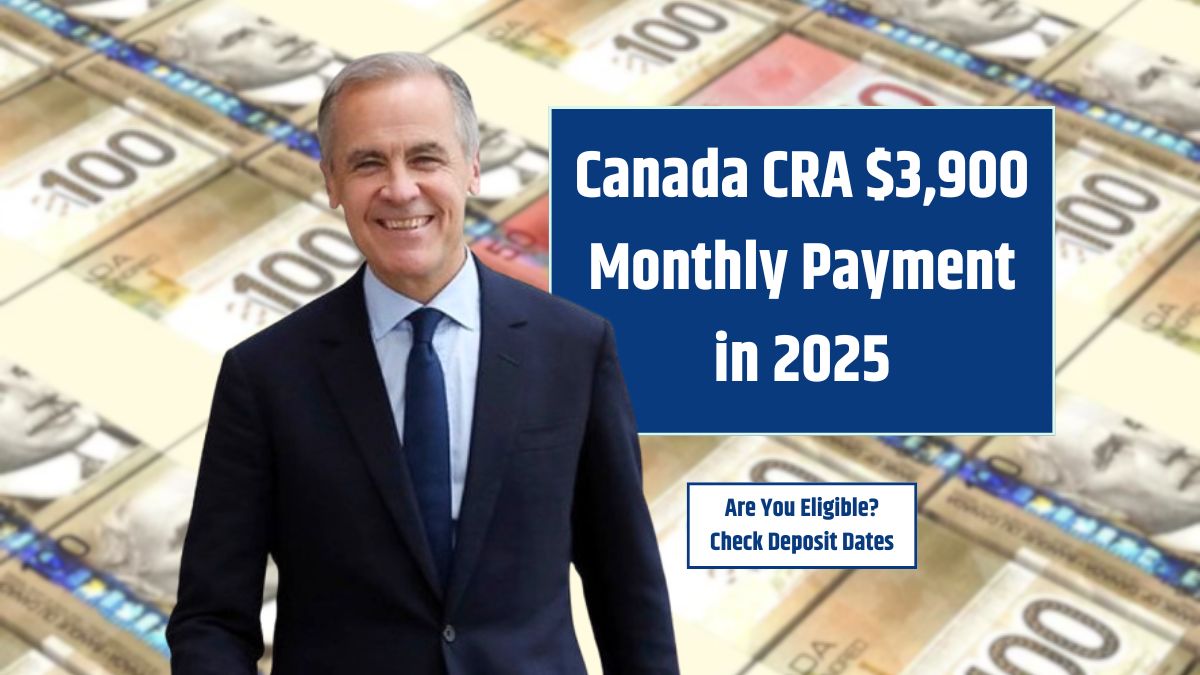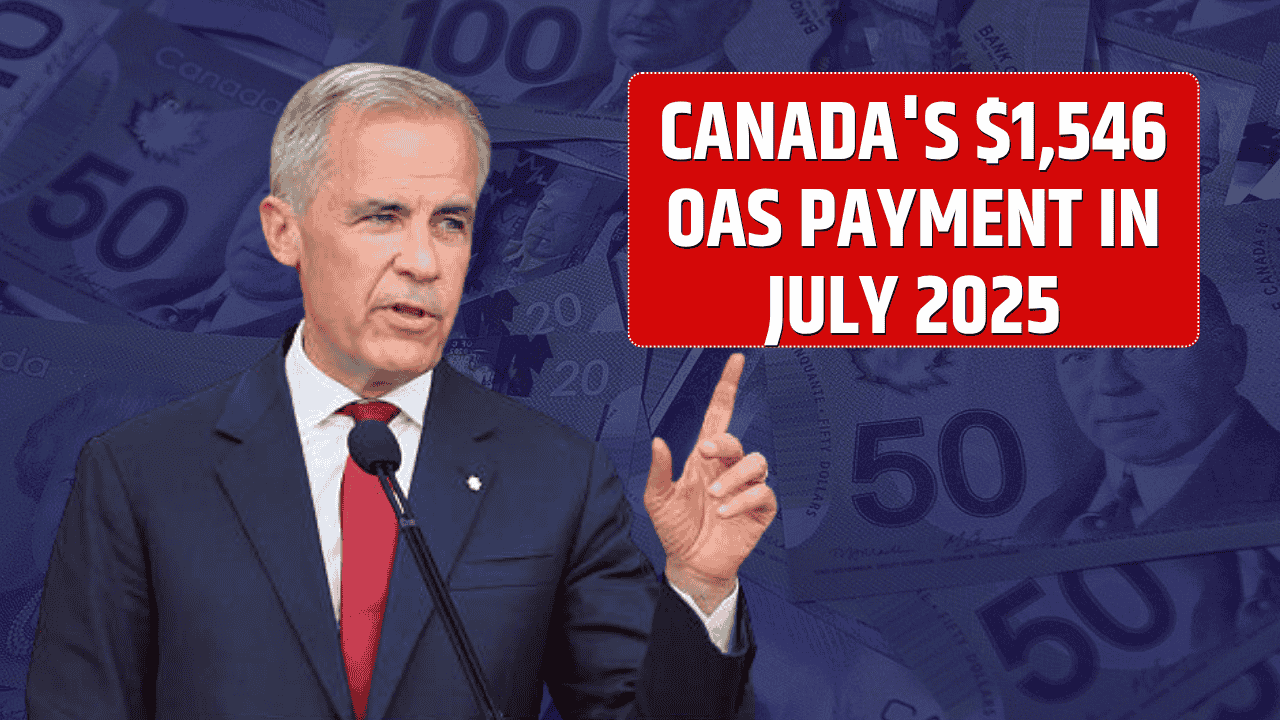With the cost of living still rising across the United States, seniors on fixed incomes are feeling the pressure more than ever. In response, several proposals and program updates are aiming to deliver monthly financial relief—ranging from $500 to $1,200—for eligible Americans aged 65 and older. Whether you’re relying on Social Security, SSI, SSDI, or VA benefits, there may be financial support on the horizon.
Here’s a complete guide to help you understand what’s available, who qualifies, when payments may arrive, and how to avoid scams.
Table of Contents
Overview
In 2025, senior-focused financial aid could come from both new stimulus efforts and increased Social Security payments through Cost-of-Living Adjustments (COLA). The proposed aid reflects growing recognition of the economic hardships faced by older Americans.
| Feature | Details |
|---|---|
| Monthly Payment Amount | $500–$1,200 |
| Target Group | Seniors 65+, low-income, SSI/SSDI/VA recipients |
| Program Status | Some approved, others awaiting Congressional action |
| Projected Start Date | As early as July 2025 for new stimulus |
| Eligibility | Age 65+, limited income/assets, legal U.S. resident |
| Official Sources | ssa.gov, irs.gov |
Monthly Payments
A federal proposal is under review to provide $500 monthly payments to low-income seniors and other qualifying individuals. This aid would support those most affected by inflation—particularly those who depend on fixed incomes for essentials like rent, food, and prescriptions.
If approved, the first checks or deposits could roll out by July 2025, distributed through SSA or IRS systems.
$1,200 Social Security Boost via COLA
Thanks to a 2.5% COLA increase for 2025, some seniors may see up to $1,200 more annually in their monthly Social Security benefits. The actual amount varies depending on your original benefit and when you started collecting.
This automatic increase began showing up in checks starting July 2025 for most recipients.
Why These Payments Matter Now
Living costs continue to climb:
- Groceries: Food prices surged 11.4% in 2022 and have not stabilized.
- Housing: Assisted living and senior housing costs are at all-time highs.
- Medical Care: Retirees spend over $6,000 per year on out-of-pocket health expenses, according to the Kaiser Family Foundation.
With inflation squeezing every dollar, these proposed payments offer more than relief—they’re necessary support.
Who Qualifies?
To qualify for either the $500 monthly payment or the boosted Social Security amount, you generally need to meet the following criteria:
- Be age 65 or older
- Have limited income or financial resources
- Be a U.S. citizen or lawful permanent resident
- Be enrolled in programs like SSI, SSDI, or VA benefits
Breakdown by Program
Provides up to $967 monthly for individuals or $1,450 for couples in 2025. Seniors must have minimal assets and income.
SSDI (Social Security Disability Insurance):
Targets those with long-term disabilities and a qualifying work history. Payment varies by previous income and credits earned.
Social Security Retirement:
COLA boosts are automatic for most. No need to reapply or fill out forms—just ensure your records are up to date with SSA.
Payment Dates
- Birthdays 1st–10th: Paid on second Wednesday
- Birthdays 11th–20th: Third Wednesday
- Birthdays 21st–31st: Fourth Wednesday
SSI Payments:
Typically paid on the 1st of each month. If the 1st falls on a weekend or holiday, payment comes the prior business day.
$500 Stimulus (If Approved):
If passed by Congress, checks or direct deposits could start by mid-to-late 2025. Payments may be staggered based on existing benefit systems.
Real-World Examples
She receives $850 in Social Security and $200 in SSI. With an additional $500 stimulus, her monthly income could rise to $1,550—enough to help with groceries and rising utility bills.
Roberto, 66, from Arizona
Living on VA disability benefits of $1,200 a month, Roberto may see a COLA-based boost if he receives Social Security as well, offering extra room in his tight budget.
Practical Tips to Get Ready
- Log in to ssa.gov and review your account for benefit updates.
- Make sure your direct deposit information is accurate and current.
- File your taxes if required—it may affect eligibility for new programs.
- Monitor IRS and SSA announcements, not third-party websites.
- Avoid giving personal info to unsolicited callers or emails claiming early access.
State-Based Senior Benefits
Some states go further than federal aid. For example:
- California: Offers a State Supplemental Payment (SSP) that increases SSI checks.
- New York: Has a Senior Citizen Rent Increase Exemption (SCRIE) program.
- Texas, Florida, and others: May offer property tax relief or local utility discounts.
Check with your state’s Department of Aging or Department of Human Services for more information.
Avoid Scams
Anytime money is involved, scammers follow. Here’s what to watch out for:
- Phone calls asking for your Social Security number
- Messages offering “early access” for a fee
- Websites that mimic ssa.gov or irs.gov
Stick to official government websites and never give personal info to anyone who contacts you out of the blue.
FAQs
Are seniors getting $500 monthly in 2025?
It’s a proposed program; not yet approved by Congress.
When will COLA increases show in payments?
COLA-adjusted payments began in July 2025.
Do I need to apply for the $500 payment?
It may be automatic if tied to Social Security; details pending.
How can I check my payment schedule?
Visit ssa.gov and log into your My Social Security account.
Is the $1,200 increase separate from SSI?
Yes, it’s tied to COLA and Social Security benefits.


























